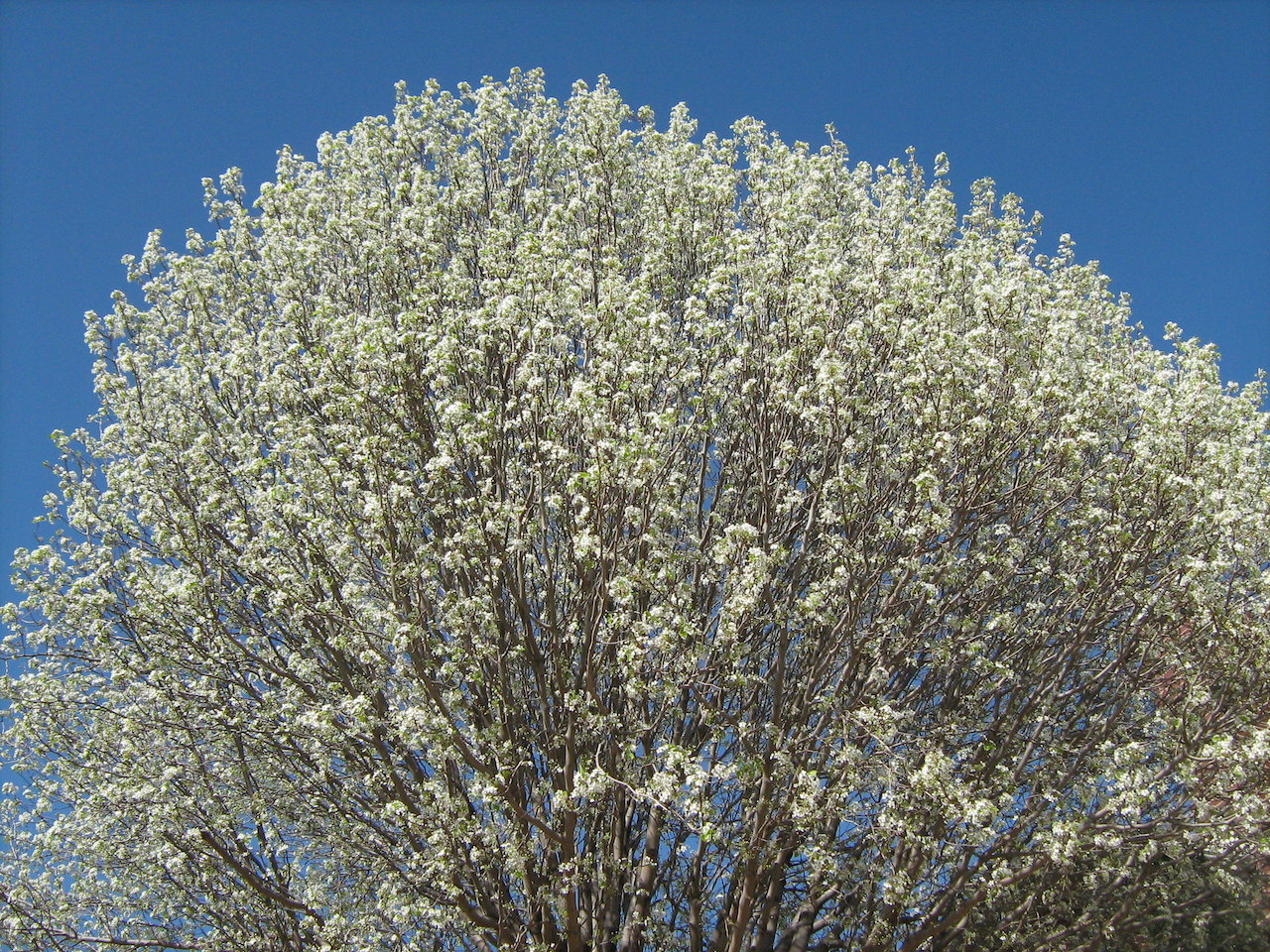
Working in a garden center while in college, Pamela Bennett decided plants and trees would become her profession and passion. Now as associate professor and state master gardener program director for The Ohio State University Extension in Springfield, she helps people build that passion and helps them with questions.
Many people do ask about the right trees to plant in their yards.
“Trees give us so many economic benefits, health benefits, and environmental benefits. They sequester carbon, take in rainwater and slow down storm sewer water, and make us safer by shading us and cooling us down,” she says. “Esthetically, there’s a lot of research showing that neighborhoods with trees have less crime and the social benefits of giving people unity.”
Other reasons to plant the right trees include saving money and growing wealth in your home. A 25-foot tree reduces annual heating and cooling costs by 8% to 12% for a typical home, says Consumerhort.org, the website for the National Initiative for Consumer Horticulture (NICH). It also states that improvements to your landscape can give a return of investment by 109 percent.
If you want to figure out which trees give back more environmental benefits and other services, go to iTree, Bennett says. It offers a peer-reviewed software suite from the USDA Forest Service to help figure out the benefits of certain trees along with a whole bunch of other information on trees.
Planting the Right Trees, Planting Them Correctly
It takes about 20 years before a tree gives back services to homeowners, Bennett says.
“To receive those benefits, you want the tree to be sustainable. Long living trees that will be around for a long time, like some of our oak and maple trees, start giving back those benefits,” she says.
When you have a fast-growing tree, like a willow, are not sustainable. They are more susceptible to disease and weak.
When people plant the worst trees in their years, the chance of it living 20 years or more is decreased.
People also plant trees too deep, causing them to not live long.
“What you want to look for is where the tree has a root flair. It might have burlap over the root flair,” she says. “Locate the root flair before digging the hole.”
The hole should as deep as the root ball or root flair, and as wide or wider. Tree roots grow on the top 12-15 inches of soil.
If the tree you are planting had been dug from clay soil, you don’t need to add any amendments to the soil when planting. However, if it was grown in a container, you should add organic matter to backfills such as peat moss or compost, Bennett states.
Selecting a Native Tree?
Some people believe planting native trees becomes your best bet.
“It really all depends what your preferences are. There are some good native trees, such as white oak,” she says.
People talk about that native trees do better in Ohio soil.
“But we don’t have native soils anymore,” Bennett adds. “We have compacted clay soil in urban areas. It has been altered dramatically with construction.”
If you plant a buckeye, which is a native tree, in the right location, it will be great, she says.
“But it doesn’t look that good in some landscapes. If you are picking a tree to showcase your front yard, you need to fit the right tree that fits your needs,” she says.
Plant them based on their mature height. Look up to see where the wires are and check with underground wires. And don’t plant too close to the house.
Worst Trees for Columbus, Ohio
Bennett lists her worst trees to plant nowadays in the Columbus area:
Silver maple
These species were planted a lot back in the 1970s in developing urban areas. “They wanted something that grew really fast. But they are very weak wooded and dropped branches during a wind storm,” she says. Homeowners probably won’t be able to find one at a garden center these days anyways.
Willow
“They are beautiful, stately trees,” she says. But you can’t put a willow in an urban landscape. A lot of breaking and messiness can wreak havoc on homeowners. “They have a certain place and that is around a lake or in the back 40. Put them where there is nothing around. They like water.” And never, ever grow them where they could harm a sewer or septic tank.
Callery pear
The state of Ohio has declared the Callery pear (pictured above) an invasive species whose sale was banned in 2023. “They are an invasive species in Ohio,” Bennett says. “They are everywhere and are growing in lots, roadsides, roadways, interchanges. They produce quite a lot of fruit, too, and the birds are carrying them everywhere.
“It was the only thing people were planting from city developers to landscapers because it had great color, and they grew fast,” she adds. In the beginning, they didn’t have fruit on them. However, they didn’t have branch angles and would break easily. The first ones weren’t producing fruit. By the early 2000s, they would cross-pollinate and start producing fruit.
Flowering dogwood
These like woodland areas. So, if you take them and put them in bad locations, they won’t thrive. They do have a nice color. If you do plan on planting one, it must have a western exposure. Also, check to make sure it was grown in Ohio and not Tennessee. The flower buds from Tennessee may not be hardy enough to withstand the weather here, and you may never see flowers on it. This tree also does not tolerate full, hot sun.
Hire a Pro
Need help caring for your trees? LawnStarter can connect you with a Columbus landscape professional. They can trim, prune, fertilize, or remove trees as needed.
Main Image Credit: Bradford (Callery) pear / Melissa Gutierrez / Flickr / CC BY-SA 2.0